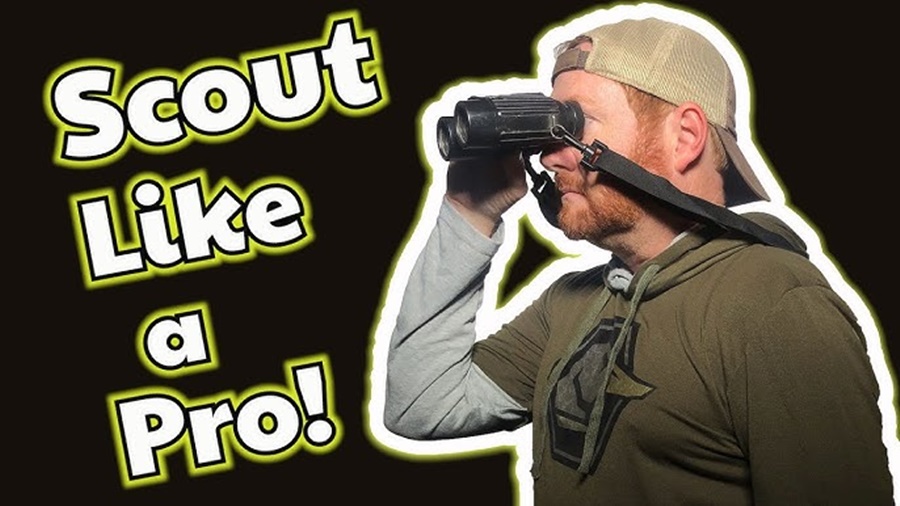Successful hunting begins long before the season opens. The best hunters know that scouting learning where, when, and how game animals move is the foundation of every successful hunt. Scouting allows you to understand your hunting area, identify animal patterns, and make strategic decisions that increase your chances of success. Whether you are after deer, elk, turkey, or small game, proper scouting techniques can make all the difference.
1. Understanding the Importance of Scouting
Scouting isn’t just about finding animals; it’s about learning their behavior and adapting to their routines. Animals move based on food sources, water availability, cover, weather, and human pressure. By studying these factors before hunting season, you can position yourself where the game is most likely to appear — instead of relying on luck.
2. Using Maps and Digital Tools
Modern technology has revolutionized scouting. Satellite maps, aerial imagery, and hunting apps (such as onX Hunt, HuntStand, or Google Earth) allow you to examine terrain features like ridges, valleys, water sources, and bedding areas from the comfort of your home.
Identify key features: Look for funnels, pinch points, and transition zones where animals naturally move.
Mark potential stand or blind sites: Use GPS to record locations for later visits.
Study property boundaries: Always ensure you know where public and private lands meet to avoid trespassing.
3. Field Scouting: Boots on the Ground
Once you have a digital plan, it’s time to get out in the field.
Look for signs: Tracks, droppings, rubs, scrapes, bedding areas, and feeding sites tell you where animals have been and what they are doing.
Analyze patterns: Fresh tracks or droppings indicate recent activity. Old, dry signs might suggest that animals have moved on.
Use your senses: Smell can reveal recent animal presence, while sound (like breaking branches or calls) might alert you to hidden movement.
4. Trail Cameras and Remote Monitoring
Trail cameras are invaluable tools for modern hunters. Set them up along trails, near water holes, or near feeding areas to monitor animal movement over time.
Check cameras sparingly: Frequent visits can leave scent and spook animals.
Time-stamp analysis: Review photos to determine when animals are most active morning, evening, or even overnight.
Identify target animals: Regular camera use helps you estimate size, age, and numbers of game in the area.
5. Learning Seasonal Patterns
Animals behave differently throughout the year.
Early season: Focus on feeding areas such as crop fields, oak ridges, or natural food sources.
Rut (breeding season): Bucks and bulls move more unpredictably as they seek mates. Scout for signposts, scrapes, and travel corridors.
Late season: Concentrate on food and cover, as animals conserve energy and seek shelter from harsh weather.
6. Scent Control and Stealth
Even the best scouting is useless if your presence drives animals away.
Avoid over-scouting: Too much human activity can alter animal patterns.
Use scent control: Wash clothes with scent-free detergent, store them in sealed containers, and stay downwind when scouting or hunting.
Move quietly: Travel slowly, avoid breaking branches, and pay attention to the wind direction.
7. Taking Notes and Keeping Records
Maintain a hunting journal or digital log to track your scouting observations. Note weather conditions, wind direction, moon phases, and animal sightings. Over time, this information builds a valuable database to help you predict future behavior and improve your strategies.
8. Pre-Season vs. In-Season Scouting
Pre-season scouting helps you plan stand locations and understand general animal behavior before hunting begins.
In-season scouting should be more discreet and limited focused on adjusting to changes caused by hunting pressure, food availability, or weather shifts.
Conclusion
Scouting is the art and science of preparation. It combines observation, patience, and knowledge of the land to give hunters an edge when the season opens. By using a mix of modern technology, traditional tracking skills, and careful observation, you can consistently locate game and increase your odds of success. Remember: the more you learn about the animals you pursue, the more ethical, efficient, and rewarding your hunts will be.


